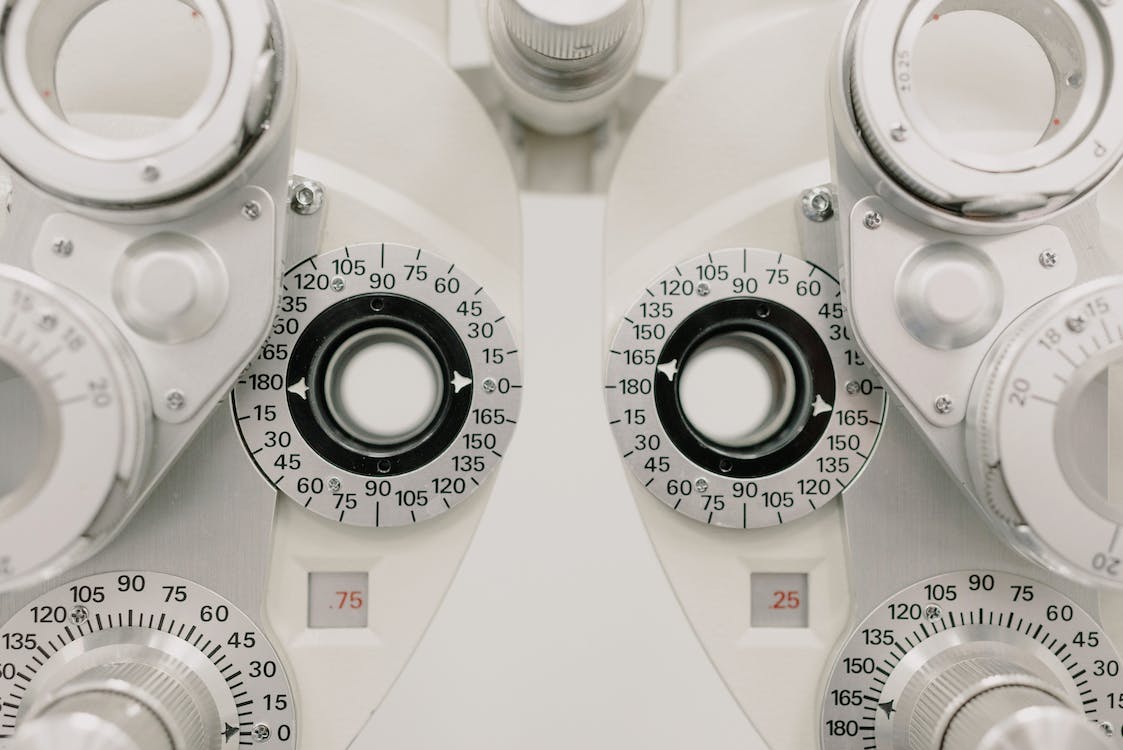All Categories
Featured
Laser eye surgery has actually changed vision correction, offering millions of people an alternative to glasses and get in touch with lenses. Over the years, developments in modern technology and strategies have actually dramatically boosted the security, accuracy, and results of these procedures. Allow's discover the innovative growths shaping the future of laser eye surgical treatment.
Among the most cutting-edge innovations is wavefront-guided LASIK. This technology utilizes in-depth 3D mapping of the eye to determine unique flaws in a person's vision. Unlike standard LASIK, which focuses mostly on dealing with standard refractive mistakes like farsightedness, astigmatism, and nearsightedness, wavefront innovation addresses higher-order aberrations that can affect night vision and contrast level of sensitivity. The outcome is sharper, extra specific vision tailored per individual.
![]()
SMILE is a minimally invasive treatment that has gained popularity recently. Unlike LASIK, which entails creating a corneal flap, SMILE only calls for a small incision to get rid of a thin layer of tissue (lenticule) from the cornea. This technique protects corneal stamina and lowers the threat of dry eyes. It's specifically beneficial for people with high degrees of nearsightedness or thinner corneas.
![]()
The introduction of femtosecond lasers has revolutionized corneal surgical treatment. These ultra-fast lasers operate with incredible accuracy, allowing cosmetic surgeons to create smoother and a lot more predictable incisions. In LASIK treatments, femtosecond lasers are made use of to develop the corneal flap with exceptional precision, lessening issues and boosting recovery times.
Topography-guided laser therapies focus on addressing abnormalities in the corneal surface area. This advancement is especially useful for clients with corneal marks or irregular astigmatism. By developing an extra consistent corneal shape, topography-guided procedures can improve both vision top quality and individual complete satisfaction.
Expert system (AI) is increasingly being integrated into laser eye surgery. AI-driven algorithms analyze large quantities of data to help surgeons in preparation and implementing procedures with greater accuracy. This modern technology makes sure optimum therapy parameters and reduces the possibility of human error.
Thanks to innovations in innovation, more individuals are now qualified for laser eye surgery. Strategies like SMILE and topography-guided treatments make it possible to deal with individuals with problems that were formerly taken into consideration contraindications, such as high refractive mistakes or thin corneas.
Modern laser eye surgical procedure techniques focus on person convenience and quicker healing. Boosted precision reduces cells damages, minimizing swelling and allowing clients to go back to their daily tasks within days.
While not a refractive surgical treatment in itself, corneal cross-linking has actually ended up being a necessary treatment for keratoconus patients. When combined with laser techniques, it can boost and stabilize the cornea vision for those with this progressive eye condition.
Verdict
Innovations in laser eye surgery continue to push the borders of what's possible in vision improvement. From tailored procedures to AI-driven advancements, these innovations are making surgery safer, extra reliable, and easily accessible to a bigger variety of clients. Seek advice from with a certified eye doctor to discover just how these innovations can benefit your particular needs and way of life. if you're thinking about laser eye surgery.
- Personalized Wavefront-Guided LASIK
Among the most cutting-edge innovations is wavefront-guided LASIK. This technology utilizes in-depth 3D mapping of the eye to determine unique flaws in a person's vision. Unlike standard LASIK, which focuses mostly on dealing with standard refractive mistakes like farsightedness, astigmatism, and nearsightedness, wavefront innovation addresses higher-order aberrations that can affect night vision and contrast level of sensitivity. The outcome is sharper, extra specific vision tailored per individual.
- SMILE: Little Laceration Lenticule Removal

SMILE is a minimally invasive treatment that has gained popularity recently. Unlike LASIK, which entails creating a corneal flap, SMILE only calls for a small incision to get rid of a thin layer of tissue (lenticule) from the cornea. This technique protects corneal stamina and lowers the threat of dry eyes. It's specifically beneficial for people with high degrees of nearsightedness or thinner corneas.
- Femtosecond Laser Modern Technology

The introduction of femtosecond lasers has revolutionized corneal surgical treatment. These ultra-fast lasers operate with incredible accuracy, allowing cosmetic surgeons to create smoother and a lot more predictable incisions. In LASIK treatments, femtosecond lasers are made use of to develop the corneal flap with exceptional precision, lessening issues and boosting recovery times.
- Topography-Guided Therapies
Topography-guided laser therapies focus on addressing abnormalities in the corneal surface area. This advancement is especially useful for clients with corneal marks or irregular astigmatism. By developing an extra consistent corneal shape, topography-guided procedures can improve both vision top quality and individual complete satisfaction.
- Fabricated Knowledge in Laser Surgical Treatment
Expert system (AI) is increasingly being integrated into laser eye surgery. AI-driven algorithms analyze large quantities of data to help surgeons in preparation and implementing procedures with greater accuracy. This modern technology makes sure optimum therapy parameters and reduces the possibility of human error.
- Enhanced Candidacy for Surgical Procedure
Thanks to innovations in innovation, more individuals are now qualified for laser eye surgery. Strategies like SMILE and topography-guided treatments make it possible to deal with individuals with problems that were formerly taken into consideration contraindications, such as high refractive mistakes or thin corneas.
- Faster Recuperation Times
Modern laser eye surgical procedure techniques focus on person convenience and quicker healing. Boosted precision reduces cells damages, minimizing swelling and allowing clients to go back to their daily tasks within days.
- Corneal Cross-Linking for Keratoconus
While not a refractive surgical treatment in itself, corneal cross-linking has actually ended up being a necessary treatment for keratoconus patients. When combined with laser techniques, it can boost and stabilize the cornea vision for those with this progressive eye condition.
Verdict
Innovations in laser eye surgery continue to push the borders of what's possible in vision improvement. From tailored procedures to AI-driven advancements, these innovations are making surgery safer, extra reliable, and easily accessible to a bigger variety of clients. Seek advice from with a certified eye doctor to discover just how these innovations can benefit your particular needs and way of life. if you're thinking about laser eye surgery.
Latest Posts
The Most Up To Date Innovations in Laser Eye Surgery
Published Feb 02, 25
0 min read
Quality Car Repair at Competitive Rates in Montclare
Published Feb 02, 25
3 min read
Long Lasting & Trendy High-end Plastic Floors - Floor Covering Orland Park
Published Feb 02, 25
2 min read